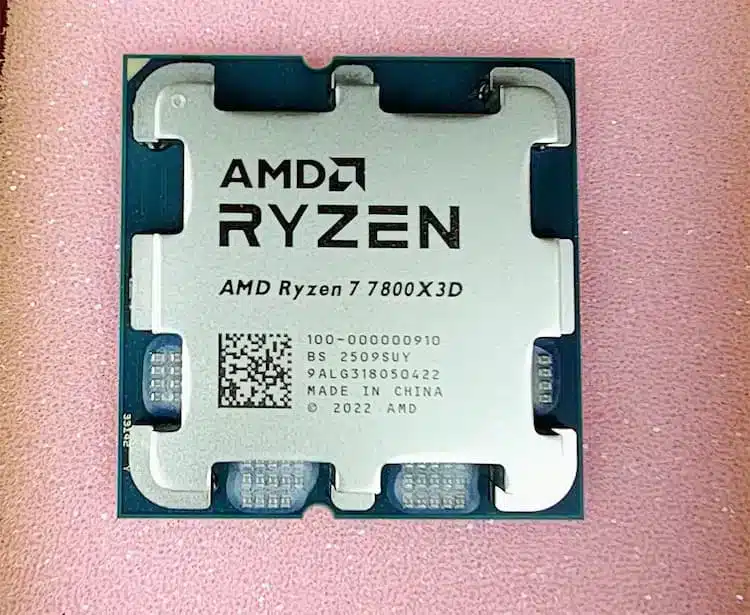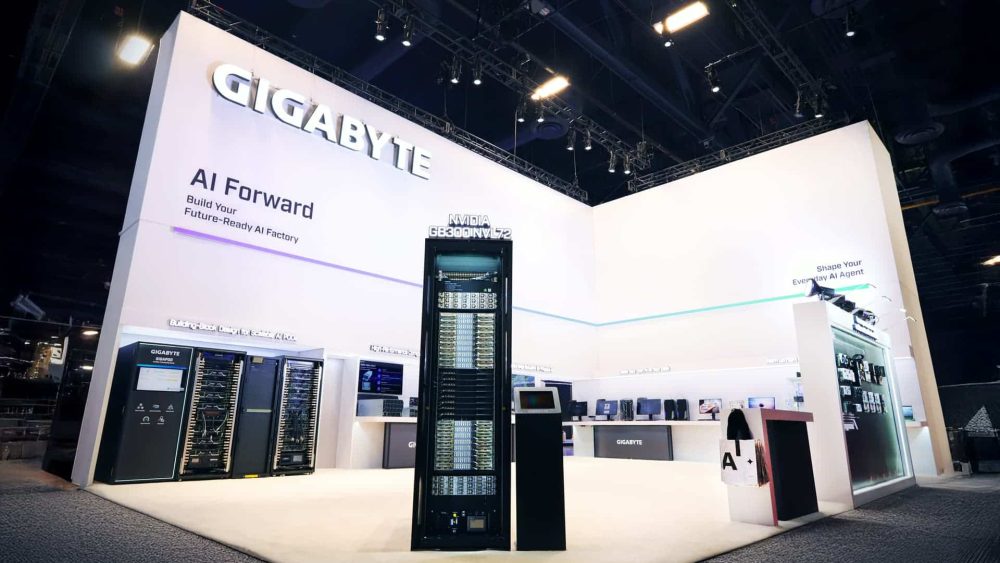A growing number of AMD Ryzen 7000 users have noticed something strange about their processors: missing components. Reports from Reddit and Chiphell show that the Ryzen 7 7800X3D and other recent Ryzen models now ship with fewer surface capacitors on the PCB, particularly along the top half of the substrate.
At first glance, this has led to panic among buyers. One Reddit user even feared he had bought a counterfeit chip when he unboxed his 7800X3D and saw a bluish PCB missing the usual cluster of capacitors. Counterfeit CPUs have been circulating in the past, so suspicion was understandable. However, after testing, the processor worked perfectly, and AMD later confirmed the design change was intentional.
What Changed?

- Some surface-mount capacitors (SMDs) on the top half of the CPU substrate have been eliminated.
- The change reportedly affects not just the 7800X3D, but also the Ryzen 7 7700, Ryzen 5 7600X, and Ryzen 5 7500F.
- The revised substrate is easier to manufacture, may reduce local heat buildup, and could improve long-term reliability by lowering solder defect risks.
Users report that performance and thermals remain unaffected in everyday workloads. In some cases, chips can even boost to 5.0 GHz on all cores more easily due to reduced thermal hotspots.
The Trade-offs
While most reports are positive, early feedback suggests there could be minor downsides:
- Slightly higher core voltage requirements at the same TDP.
- Possible loss of overclocking headroom, with some users suggesting drops of up to 300 MHz compared to older revisions.
- Variations in reported thermals despite the changes.
So far, these are anecdotal findings rather than hard data, but they highlight that the redesign isn’t without nuance.
Why Did AMD Do It?
The simplest answer: cost savings. Removing non-essential capacitors reduces material and testing costs, and when applied across hundreds of thousands of CPUs, the savings add up significantly. From AMD’s perspective, it’s a win-win; the chips function identically in standard usage, but cost less to produce.
For enthusiasts, though, the move raises eyebrows. With visible PCB changes and performance quirks, buyers could mistake genuine CPUs for counterfeits, especially given how widespread fake Ryzen chips have been in the past.
Bottom Line
AMD has streamlined its Ryzen 7000 packaging, and while the changes look alarming, they don’t seem to affect normal performance. Still, with reports of reduced overclocking and voltage quirks, power users may want to keep an eye on how these CPUs behave under stress.
As it stands, AMD pockets the savings, but the question remains: will enthusiasts view this as smart optimization, or as quiet corner-cutting at the expense of flexibility?



Ill make sure I buy an older system with the 7 7800x3d
Well, mine with the capacitors boosts to 5.2Ghz all cores but it is also water cooled, x3D chips from the 7000 series doesn’t boost much, they were probably talking about the non 3D chips like the 7700x, it is only the newest 9800x3D that allows overclocking